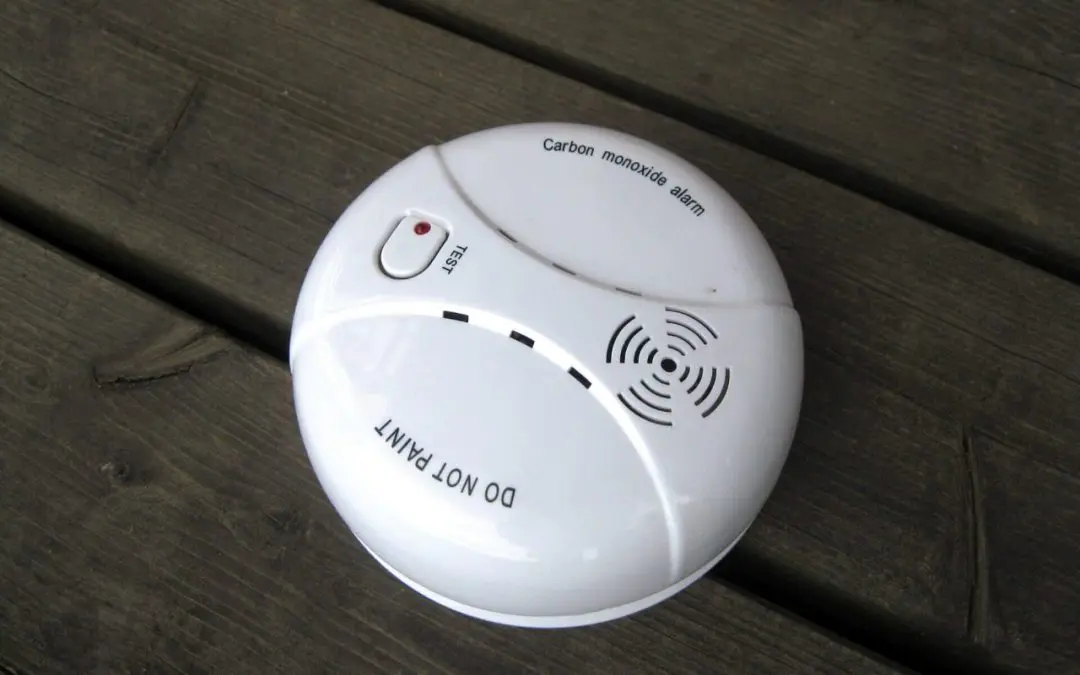Carbon monoxide (CO) is a colorless, odorless gas that poses a serious threat to human health. The incomplete combustion of fossil fuels produces it, such as wood, natural gas, and gasoline. Given its elusive nature, it’s crucial to take proactive measures to protect your home and loved ones from potential carbon monoxide exposure. In this article, we will explore various strategies to minimize the risk of CO poisoning at home.
1. Install Carbon Monoxide Detectors
The first line of defense against carbon monoxide exposure is to install carbon monoxide detectors in key areas of your home. Place them near bedrooms and common living spaces, as well as in proximity to fuel-burning appliances. Regularly test the detectors and replace their batteries at least once a year to ensure they are functioning properly.
2. Regular Maintenance of Appliances
Fuel-burning appliances like gas stoves, furnaces, water heaters, and fireplaces should undergo regular maintenance by qualified professionals. Schedule annual inspections to check for any leaks, blockages, or malfunctions. Well-maintained appliances are less likely to produce excessive amounts of carbon monoxide.
3. Proper Ventilation is Critical to Prevent Carbon Monoxide Exposure
Ensure proper ventilation in your home to allow fresh air circulation and prevent the buildup of carbon monoxide. Keep vents and chimneys clear of debris, snow, and other obstructions. If you use a wood-burning fireplace, ensure the flue is open and working correctly.
4. Never Use Generators Indoors
Generators are a common source of carbon monoxide poisoning when not used properly. Never operate a generator indoors, including in garages or basements. Keep generators at least 20 feet from your home, ensuring the exhaust is directed away from doors and windows.
5. Be Cautious with Idling Vehicles to Avoid Carbon Monoxide Exposure
Never leave your car running in an attached garage, even with the garage door open. Carbon monoxide from the exhaust can easily seep into your home, posing a serious risk. Move your vehicle outside if you need to warm it up or let it idle.
6. Avoid Charcoal Grilling Indoors
Grilling with charcoal releases carbon monoxide, so it’s imperative to do it outdoors. Never use a charcoal grill inside your home or in an enclosed space like a garage, as this can lead to dangerous carbon monoxide levels.
7. Educate Household Members
Ensure that all household members know the dangers of carbon monoxide and understand the importance of following safety guidelines. Educate them on the symptoms of CO poisoning, which include headaches, dizziness, nausea, and confusion.
8. Emergency Preparedness
Have a plan in place in case of a carbon monoxide emergency. This includes knowing how to respond to a CO alarm, evacuating the premises, and seeking medical attention if symptoms of poisoning are present. Keep emergency contact numbers readily available.
Protecting your home from carbon monoxide exposure requires a combination of preventative measures, regular maintenance, and awareness. By implementing these tips and staying vigilant, you can significantly reduce the risk of carbon monoxide poisoning, creating a safer and healthier environment for you and your loved ones.
HomeVantage Home Inspections offers inspections to homebuyers and sellers in Northern New Jersey. Contact us to request our services.

